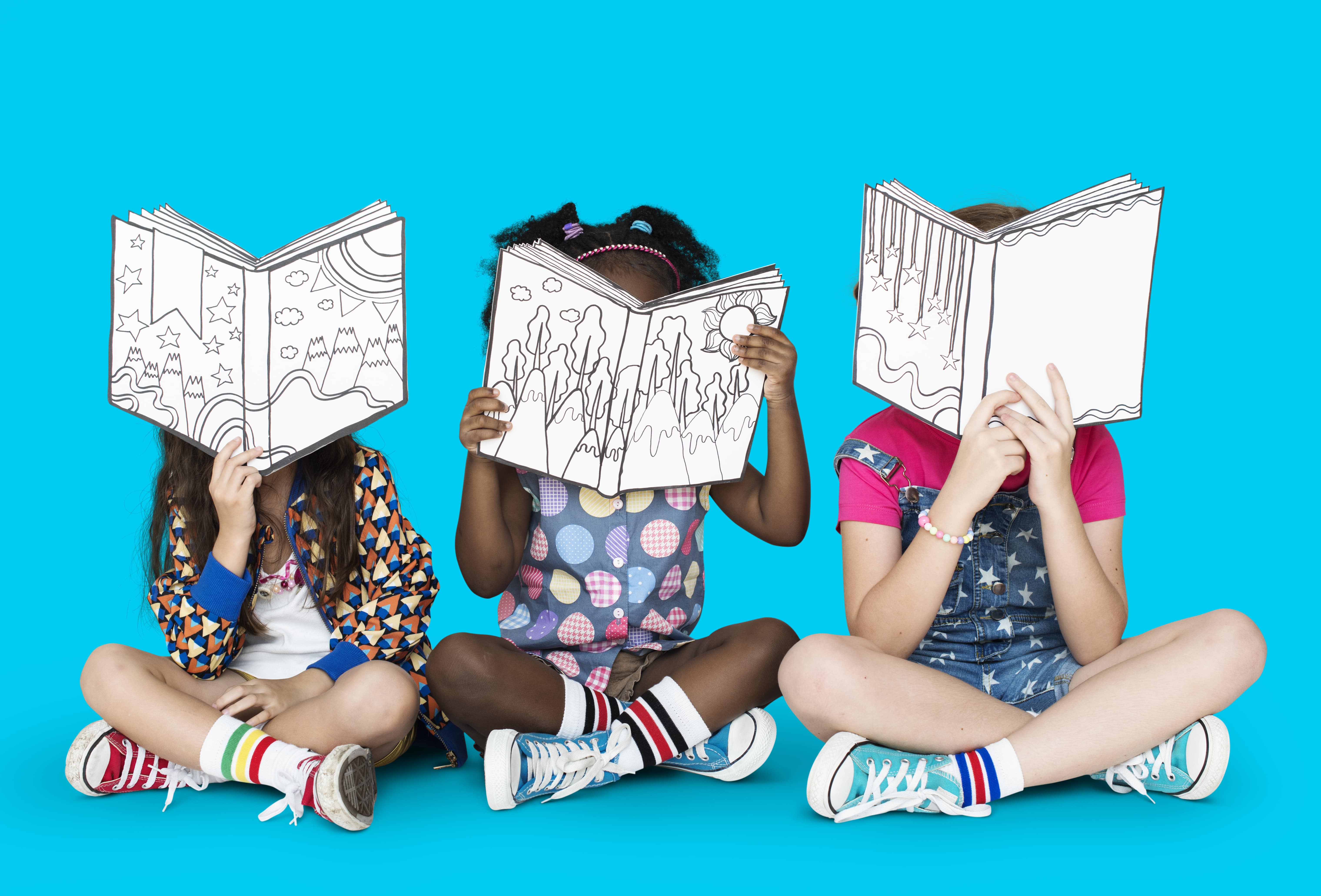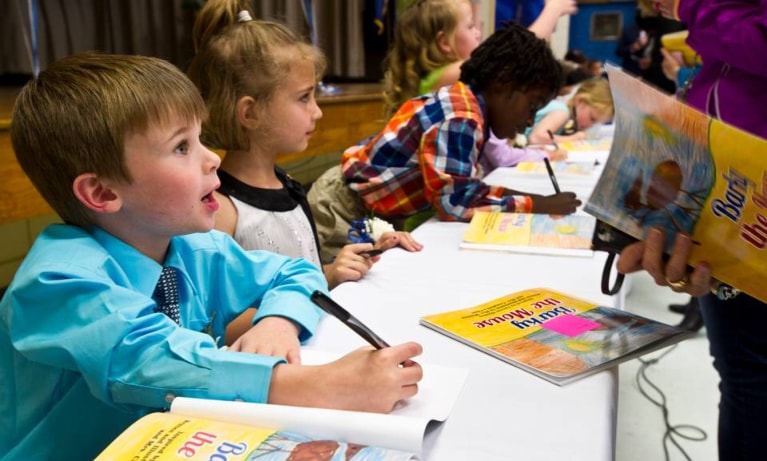What habits do successful children’s book authors do to create beautifully crafted picture books?
Creating and developing a children’s book is easier said than done. Unlike fiction novels for adults, you have very few pages to work on, leaving you little room for character and plot development. You also have to think with the mindset of a child to figure out if they’ll understand your story. If they don’t, they will put your book down.

Creating and developing a children’s book is easier said than done.
Unlike fiction novels for adults, you have very few pages to work on, leaving you little room for character and plot development.
You also have to think with the mindset of a child to figure out if they’ll understand your story.
If they don’t understand what you’re saying, they will put the book down.
What habits do successful children’s book authors do to create beautifully crafted picture books?
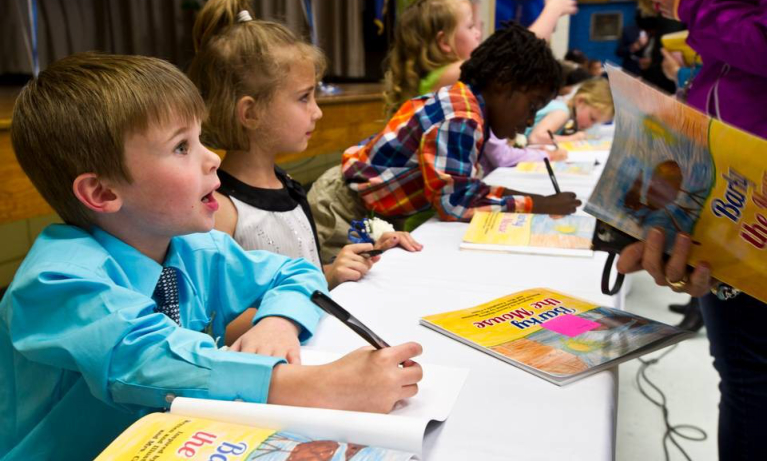
1. They have an age group in mind.
Choose the age group, and use this to allow consistency in your story’s language, tone, and overall plot.
Use direct and simple vocabulary together with bright pictures.
When you’ve determined the age group, know that thinking like a child is very helpful. See next. |
2. They think like a child.
Know what type of characters that children root for.
Use magical creatures—fairies, pirates, superheroes, and princesses always keep children elated.
What topics should you talk about? See ideas on the next item. |
Are You Ready to Publish Your Children’s Book?
Get Your Free Guide! |
|
3. They try new topics.
Think of unique topics instead of the usual ones like first day of school, wanting a pet, and visiting grandma and grandpa.
Compare your idea with existing children’s books. Think about what makes yours original and make sure to count every word. Know about word count on the next board. |
4. They make every word count.
Write a picture book that is no more than thirty pages with five hundred words or less.
Get to your plot quickly, and think about each word you use. Say them out loud. Decide whether they make your sentences lively.
Do your words rhyme? Do you need to make them rhyme?
Consider the next item. |
5. They consider NOT rhyming.
Rhymes are fun, but children’s books don’t have to have rhymes. When your rhyming attempts produce words that don’t actually sound the same, you could ruin the reading experience.
There are times when a story develops into something different once you get deeper into it. When this happens, rethink how to present your story; it may be more effective if you considered a different age group.
You need to make sure your rhymes go with the right images. Work with your illustrator. See next. |
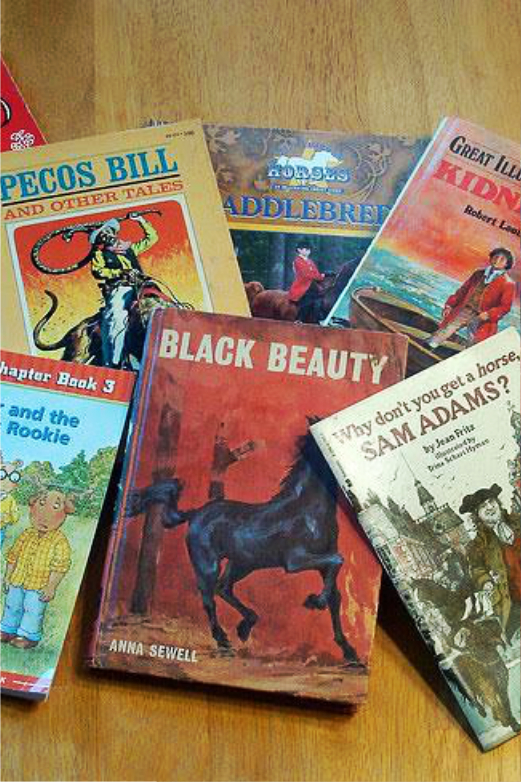 |
6. They work with the best illustrators.
Work closely with your illustrator, as they may picture your story differently. This might annoy you, but it’s all for your book’s art, effectiveness, and profitability.
Also, experienced illustrators know what interpretations of stories work. When you’ve finished words and images, it’s time to publish your picture book. See how you can start publishing on the next board. |
6.1 They want to see their story published.
Turn your children’s story into a book. Self-publishing can be done in as easy as three steps.
Do you know how self-publishing works? We’ll provide a self-publishing guide for you. |
Children can learn new concepts, words, and sounds from picture books. Happy writing!
Most young readers don’t pay attention to a story’s theme, plot, and scenarios. If they’ve just learned how to read, they won’t even care about what they’re reading. So creating a picture book should be easy, right? They’re just kids, after all.
Creating and developing a children’s book is easier said than done. Unlike fiction novels for adults, you have very few pages to work on, leaving you little room for character and plot development. You also have to think with the mindset of a child to figure out if they’ll understand your prose. If they don’t understand what you’re saying, they will put the book down.
Here are more points you need to know if you want to write a children’s book.
1. Focusing on an age group will help in story development.
It’s easier to be consistent with your story, language, and tone if you have an age group in mind. For example, children between three to eight years of age have simpler vocabulary and are attracted to bright pictures. Older kids will outgrow picture books and prefer chapter books or non-fiction.
Some writers of children’s books have an inner child that takes over their mind as they write a story. Your inner child may be 10 or 11, and you may have a natural knack for writing for third-graders. Listen to your inner child.
There are times when a story develops into something different once you get deeper into it. When this happens, rethink how to present your story, for it may be more effective if you considered a different age group.
2. Kids get excited about fantastic stories.
Children, with their active imagination and affinity for magical creatures, are delighted by stories of pirates, fairies, superheroes, and princesses. Imagine your book’s illustrations displayed in a bookstore. Would it make kids want to pull out your book from the shelves?
3. There’s already a plethora of picture books about overfamiliar topics.
Topics like the first day of school, wanting a pet, visiting grandma and grandpa, and personal hygiene are some of the topics to avoid. These topics aren’t taboo, but they are so common that if you want your book to stand out from the rest, you have to create something unique.
Compare your idea with existing children’s books. Think about what makes it original and why people would buy it over the competition.
4. Lively words will give life to your story.
Picture books should be short – 500 to 700 words. If you can cut it to 300 words, it’s all the better. When you write your first draft, consider writing as many words as you like, then trim down the word count to the limit. The remaining words should earn their keep. Think about each word you use. Say them out loud. Decide whether they make your sentences lively.
Paint pictures with words. You won’t be able to stir your reader’s imagination if you’re not descriptive. Don’t give too much detail about the scenes, however. Establishing the context will be the job of the illustrations. Look at this excerpt from Flat Stanley’s Worldwide Adventures #6:
“Stanley peeled himself off the wall and trudged down the hall. He felt like being alone. A moment later, he was flat on his back beneath the couch in the living room.”
You create a livelier scenario when you say “trudged down the hall” instead of “went to the living room” because the first one shows the action of walking to the living room.
5. It’s always a fun time when you rhyme.
Rhymes are fun, but contrary to popular belief, children’s books don’t have to have rhymes. The truth is that creating rhymes can be tricky. Do it only if you’re gifted in this area. Practice until you are at Dr. Seuss or Jane Yolen level.
Children’s books are often read aloud by teachers and parents. When your rhyming attempts produce words that don’t actually sound the same, you could ruin the reading experience.
Below is an excerpt from Yolen’s How Do Dinosaurs Say Good Night?
“How does a dinosaur say goodnight when Papa comes in to turn off the light?
Does a dinosaur slam his tail and pout?
Does he throw his teddy bear all about?”
Repetition is catchy and makes it easier for kids to memorize words. That’s why nursery rhymes are very entertaining. Recurring words and sounds can also encourage children to join story time. To make their story more vivid, some authors use other literary devices, such as alliteration and onomatopoeia.
6. You know a good story when you feel it.
When your idea brings emotional beats, you just know that it must be told.
Sometimes, a story doesn’t fully reveal itself at first. Stories can be shy, elusive creatures, only coming out of its shell when you make your mind an inviting place for the creature to live. This doesn’t happen instantly. You have to sit on your chair, fill one page with words, crumple up your first draft and write again, get coffee, play some music for inspiration, go back to your desk, and try to write again!
The bottom line is that you should keep yourself in your chair, cultivate your idea, and take pleasure in writing your story.
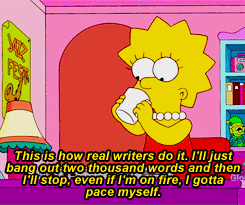
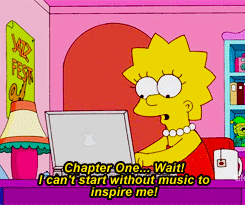
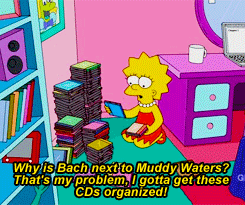
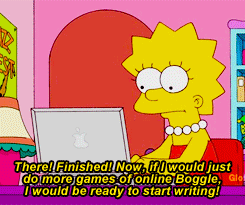


7. Children are attracted to pictures even if they don’t understand them.
Babies and children up to seven years old will grab any book as long as it has colorful pictures, even if the colors are on ordinary objects. They also tend to like coloring books because of how much they can play with colors.
The scientific explanation behind this is that the visual system is the last to mature in humans. Vision only reaches adult levels at 3 to 5 years of age. Kids get excited by bright colors because they stand out more in a child’s visual field.
8. A picture book doesn’t have to have pictures.
…But then it wouldn’t be a picture book.
If you’ve read The Book with No Pictures by B.J. Novak, you’ll understand why children’s books don’t have to rely on pictures to be enjoyable. A lot of the fun in reading children’s books comes from how the story is read and the story itself. Readers of The Book with No Pictures have to read the contents aloud to children. That’s the book’s rule. Hearing adults pronounce silly words is enough to have kids laughing so hard.
9. The illustrator may create different images than what you envisioned.
If you’re working with a traditional publisher, remember that the illustrator, editor, and art director may picture your story differently. This might annoy you, but it’s all for your book’s art, effectiveness, and profitability. Also, experienced illustrators know what interpretations of stories work.
Children can learn new concepts, words, and sounds from picture books. Stimulate the minds of your wide-eyed readers and help them explore their creative imagination.





